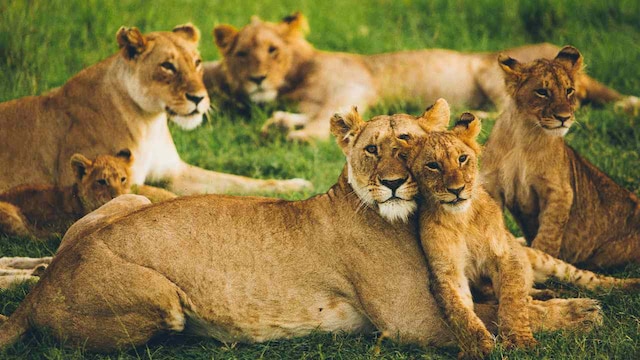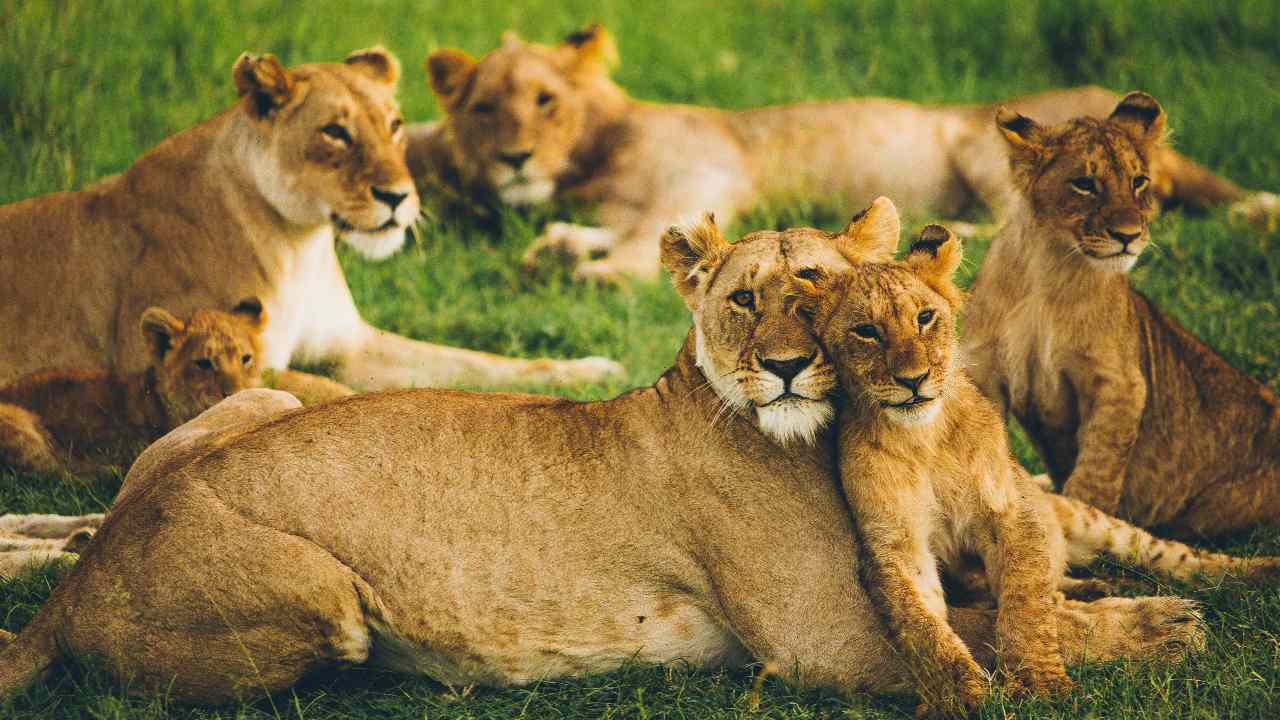Animals in zoos and sanctuaries have tested positive, including lions, tigers, pumas, cougars, snow leopards and non-human primates like gorillas.

Earlier this month a lioness in a Tamil Nadu zoo succumbed to the infection while nervous zoo officials have now tested a group of elephants to see whether any among them has an infection. Representational image
The novel coronavirus , or Sars-CoV-2, likely arose in a bat and then jumped from the flying mammals to another species before finally infecting humans. So, yes, animals other than homo sapiens can catch the virus and, if tested, will show presence of the virus in their bodies. Earlier this month a lioness in a Tamil Nadu zoo succumbed to the infection while nervous zoo officials have now tested a group of elephants to see whether any among them has an infection.
, or Sars-CoV-2, likely arose in a bat and then jumped from the flying mammals to another species before finally infecting humans. So, yes, animals other than homo sapiens can catch the virus and, if tested, will show presence of the virus in their bodies. Earlier this month a lioness in a Tamil Nadu zoo succumbed to the infection while nervous zoo officials have now tested a group of elephants to see whether any among them has an infection.
How Do Animals Catch COVID-19 ?
?
“Four legs good, two legs bad”, is the famous slogan that a domesticated lot of animal rebels in George Orwell’s Animal Farm adopt as they band together to keep humans away from their surroundings. When it comes to the novel coronavirus , it would seem that distancing from each other is a good idea for members of the animal kingdom. That is because cases have been documented of both the virus spreading from humans to animals and from animals to humans.
, it would seem that distancing from each other is a good idea for members of the animal kingdom. That is because cases have been documented of both the virus spreading from humans to animals and from animals to humans.
According to the US diseases watchdog, Centres for Disease Control and Prevention (CDC), while more data is needed, it has been seen that the novel coronavirus “can spread from people to animals in some situations, especially during close contact”.
“can spread from people to animals in some situations, especially during close contact”.
While the search that is going on to identify the host animal from which the bat coronavirus jumped to humans, in terms of spreading the infection, CDC says that “at this time, there is no evidence that animals play a significant role in spreading Sars-CoV-2 to people… the risk of animals spreading COVID-19
jumped to humans, in terms of spreading the infection, CDC says that “at this time, there is no evidence that animals play a significant role in spreading Sars-CoV-2 to people… the risk of animals spreading COVID-19 to people is considered to be low”.
to people is considered to be low”.
However, at least one case of animal to human transmission has made authorities and researchers take notice. Cases of COVID-19 spreading to humans from mink — a member of the same family of animals as weasels and otters whose fur is used to make coats of the same name — were reported last year in the Netherlands, Denmark, and Poland. Fears that a Sars-CoV-2 strain arising in the animal would jeopardise the health of their human populations saw multiple European countries cull millions of mink.
spreading to humans from mink — a member of the same family of animals as weasels and otters whose fur is used to make coats of the same name — were reported last year in the Netherlands, Denmark, and Poland. Fears that a Sars-CoV-2 strain arising in the animal would jeopardise the health of their human populations saw multiple European countries cull millions of mink.
Cases of COVID-19 among mink were also reported in the US, but the CDC said that it was “infected workers (who) likely introduced Sars-CoV-2 to mink on the farms, and the virus then began to spread among the mink”. It added that so far “there is no evidence that mink are playing a significant role in the spread of Sars-CoV-2 to people”. As for any mink-enabled mutations, CDC said that “it is difficult to know with certainty whether the mink-related virus mutations originated in people or in mink on the farm”.
among mink were also reported in the US, but the CDC said that it was “infected workers (who) likely introduced Sars-CoV-2 to mink on the farms, and the virus then began to spread among the mink”. It added that so far “there is no evidence that mink are playing a significant role in the spread of Sars-CoV-2 to people”. As for any mink-enabled mutations, CDC said that “it is difficult to know with certainty whether the mink-related virus mutations originated in people or in mink on the farm”.
What Are The Animals That Have Tested Positive?
Cats and dogs and big cats and big mammals like gorillas can all catch COVID-19 , “but we don’t yet know all of the animals that can get infected,” the CDC says, adding that “most of these animals became infected after contact with people with COVID-19
, “but we don’t yet know all of the animals that can get infected,” the CDC says, adding that “most of these animals became infected after contact with people with COVID-19 “. The first reported case in the US of an animal testing positive for COVID-19
“. The first reported case in the US of an animal testing positive for COVID-19 was a tiger at a New York zoo.
was a tiger at a New York zoo.
Animals in zoos and sanctuaries, too, have tested positive, including lions, tigers, pumas, cougars, snow leopards and non-human primates like gorillas. There have been cases of these animals also showing signs of illness.
CDC adds that laboratory experiments have shown that apart from the animals mentioned, pigs, rabbits, some kinds of deer can pick up the virus. “Cats, ferrets, fruit bats, hamsters, racoon dogs, and white-tailed deer can also spread the infection to other animals of the same species in laboratory settings,” it said.
Researchers have also succeeded in infecting non-human primate models like rhesus macaques, baboons, etc. while laboratory mice, which could beat off the original strains of the virus, have been shown to get infected with new variants. However, non-mammals like chickens and ducks “do not seem to become infected or spread the infection”, studies have found.
Of course, it has to be remembered that there are multiple types of coronavirus es and, besides those that cause illness in humans, there are canine and feline coronavirus
es and, besides those that cause illness in humans, there are canine and feline coronavirus es that do not infect people.
es that do not infect people.
What Should You Do To Protect Your Pets?
Given that it is not unknown for different species, mainly mammals, to get COVID-19 , precautions need to be taken to ensure that animals in our environment are kept safe. When cases of pets catching the disease keep occurring, especially after they come in contact with infected humans, it is important to extend the same protections to animals as are being practised by humans.
, precautions need to be taken to ensure that animals in our environment are kept safe. When cases of pets catching the disease keep occurring, especially after they come in contact with infected humans, it is important to extend the same protections to animals as are being practised by humans.
So, the CDC says, “Treat pets as you would other human family members – do not let pets interact with people outside the household. If a person inside the household becomes sick, isolate that person from everyone else, including pets.”
However, serious illness in pets “appears to be extremely rare”, the CDC says, although it notes that infected pets “might get sick or they might not have any symptoms”. Pets that do get sick mostly have a mild illness and experience full recovery, it added.










